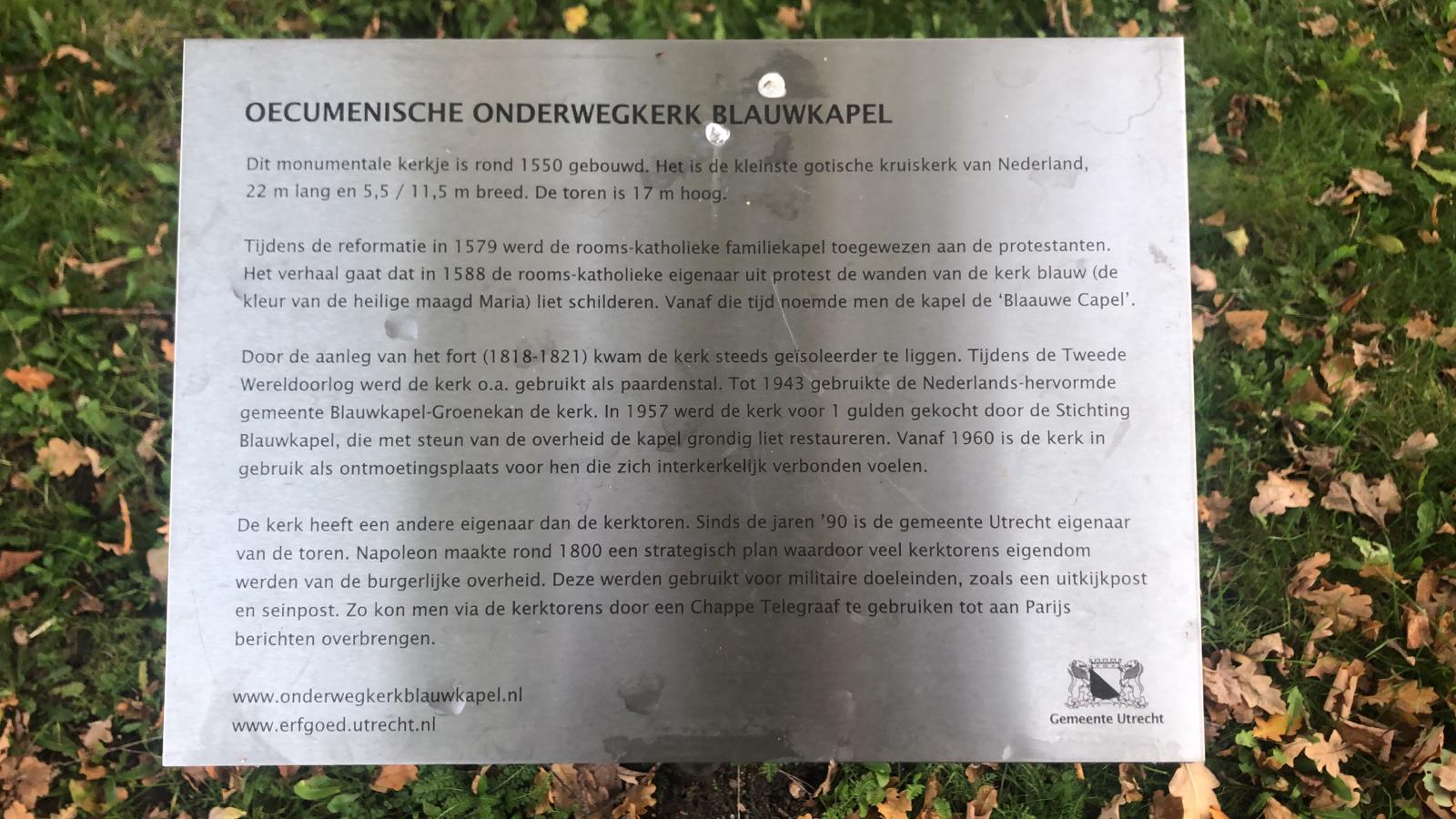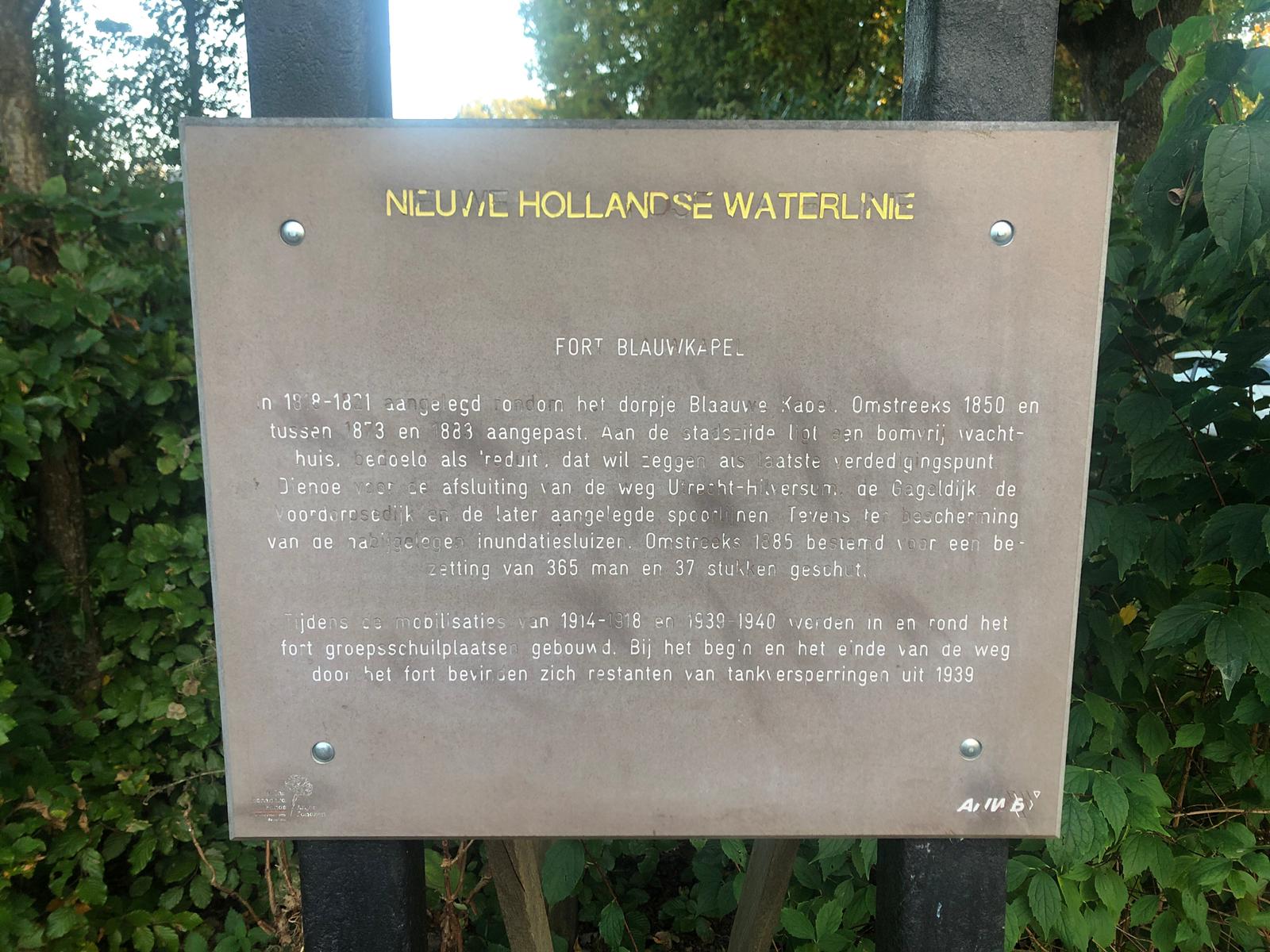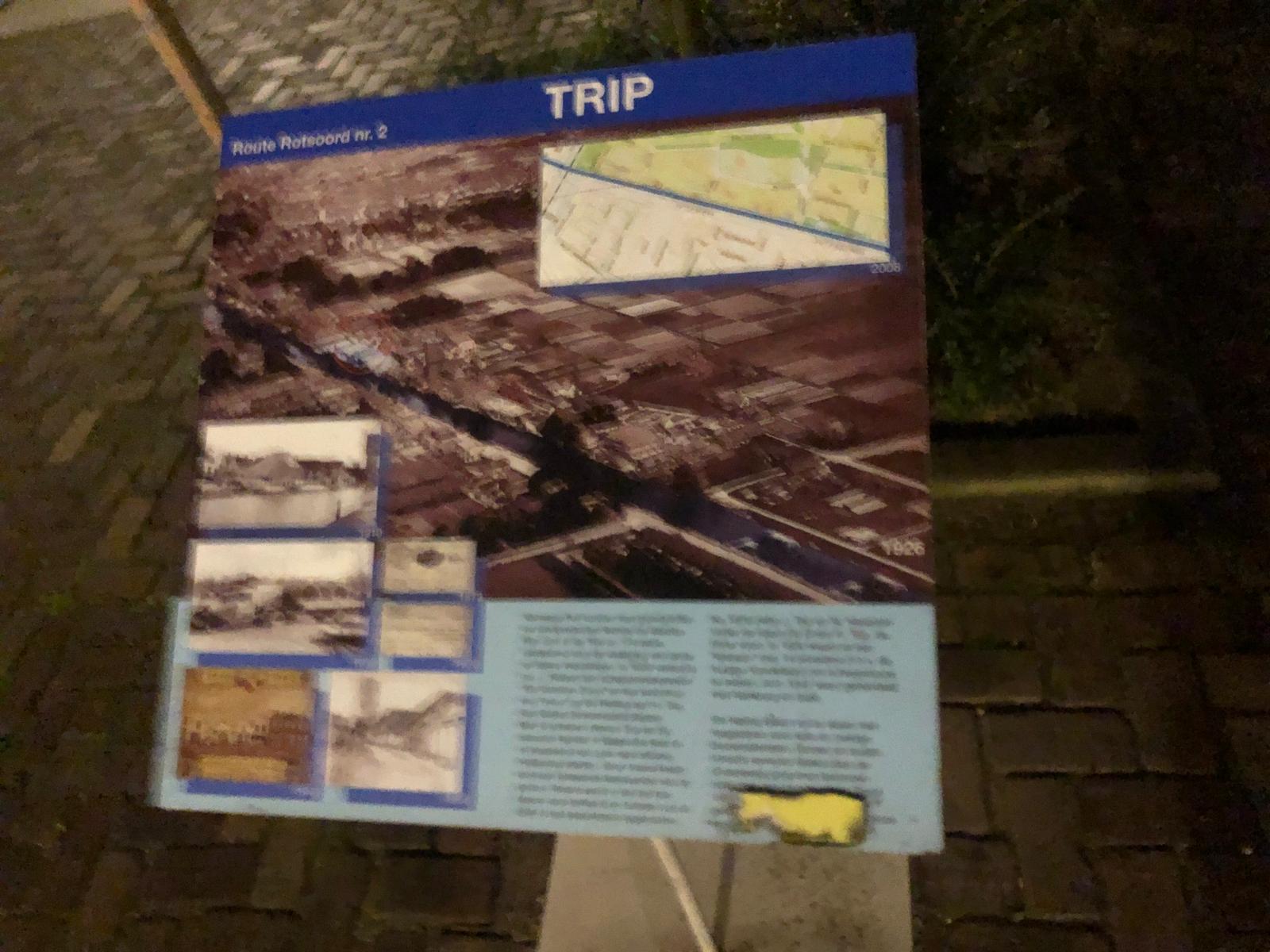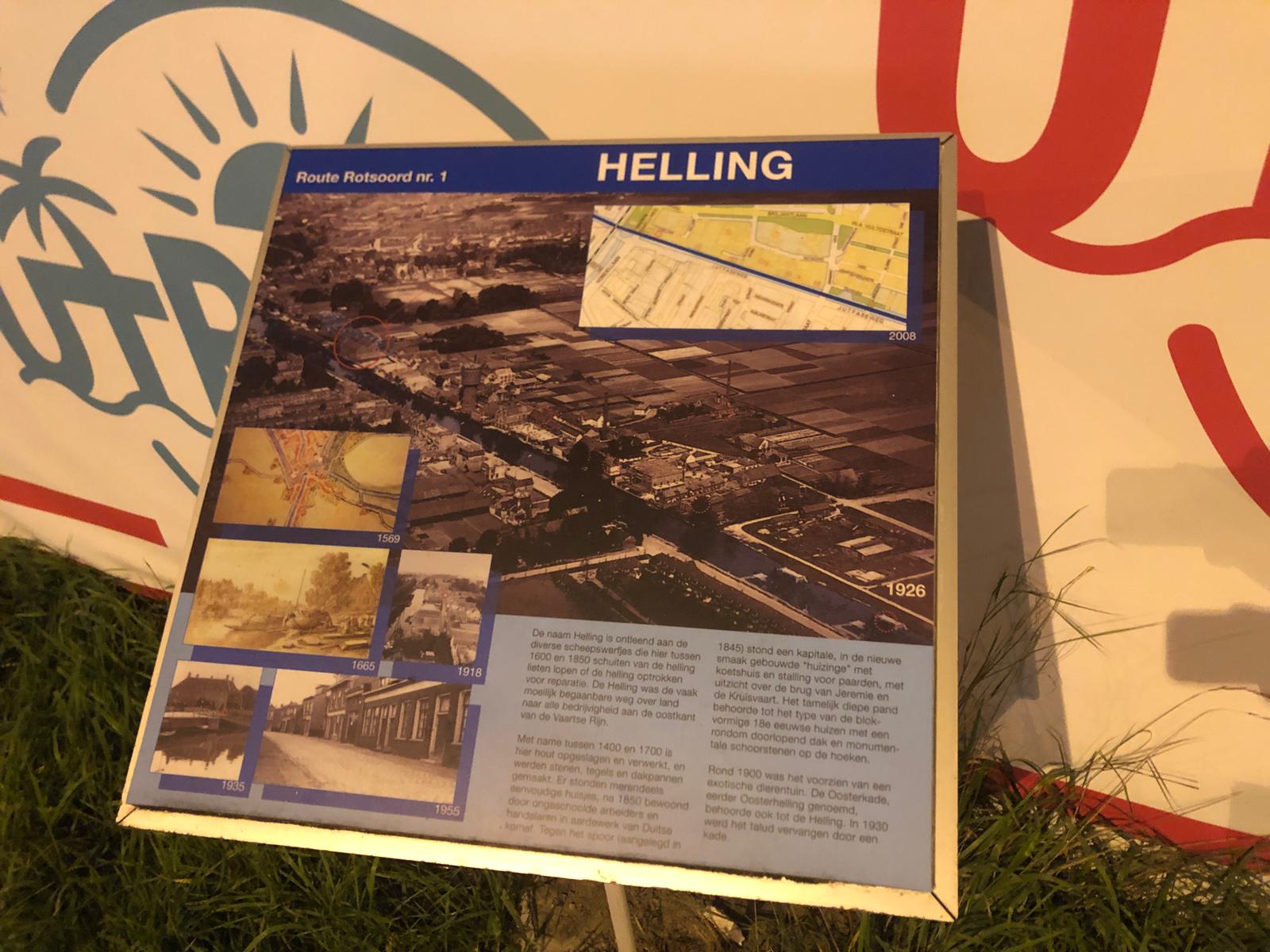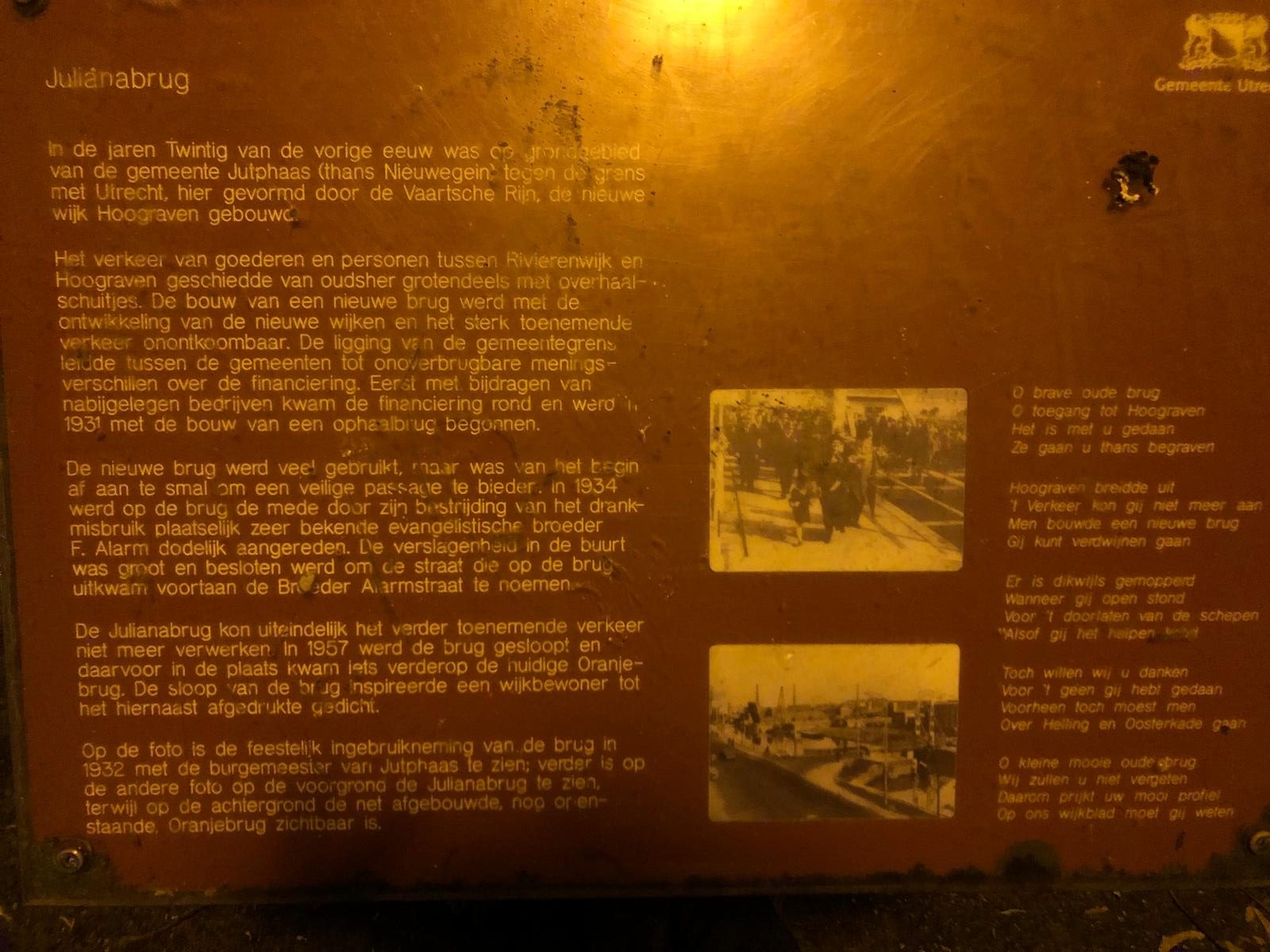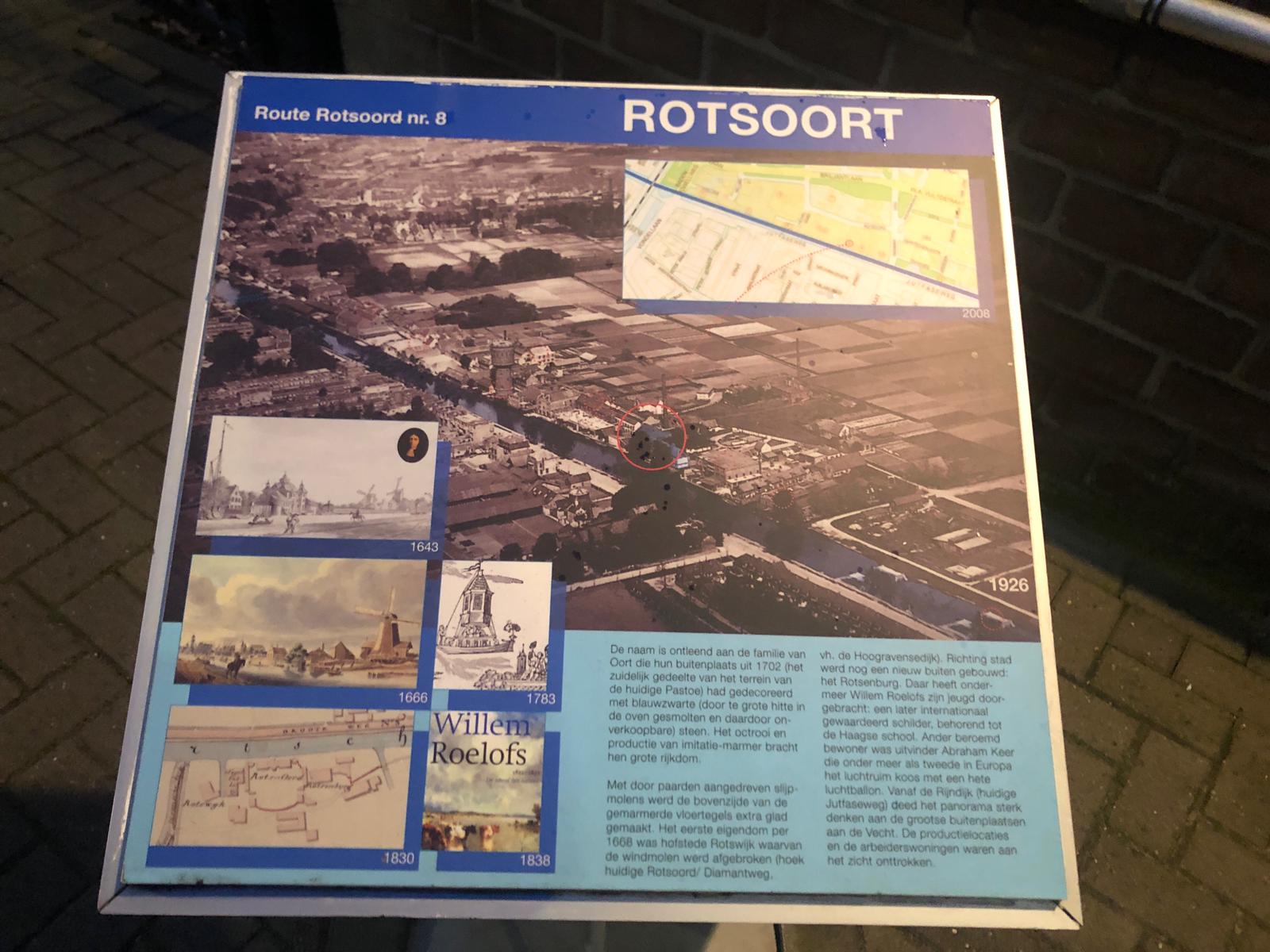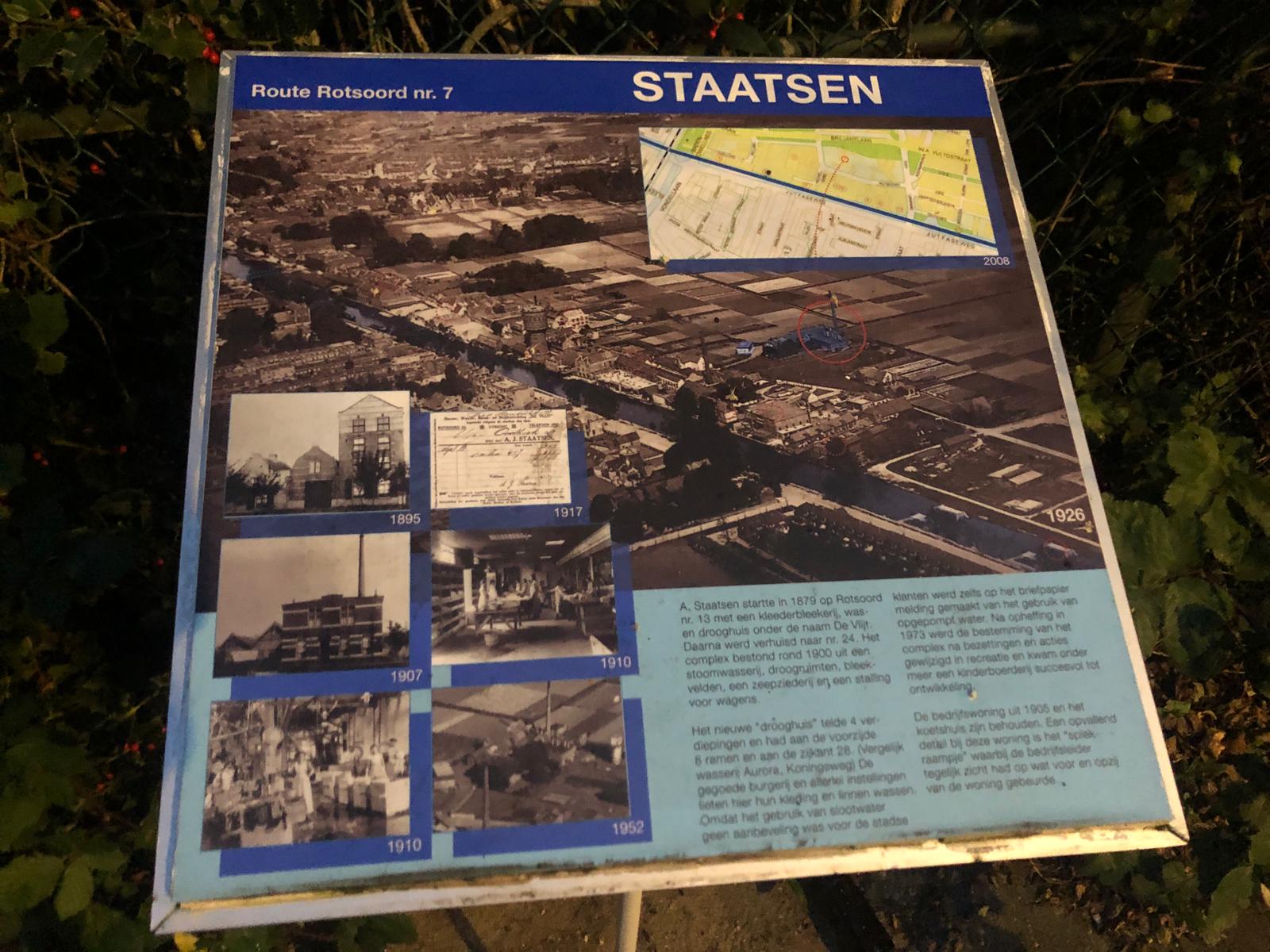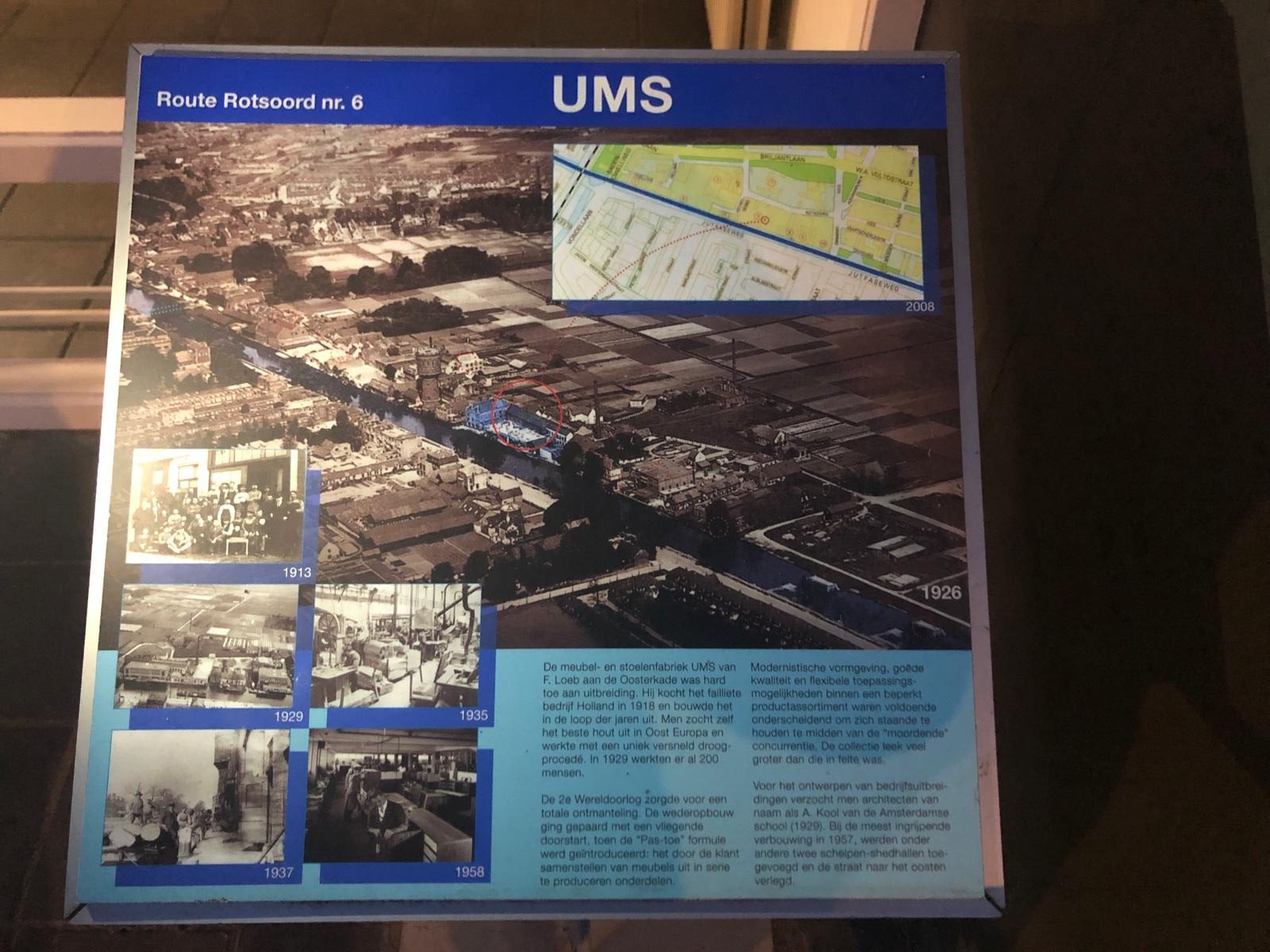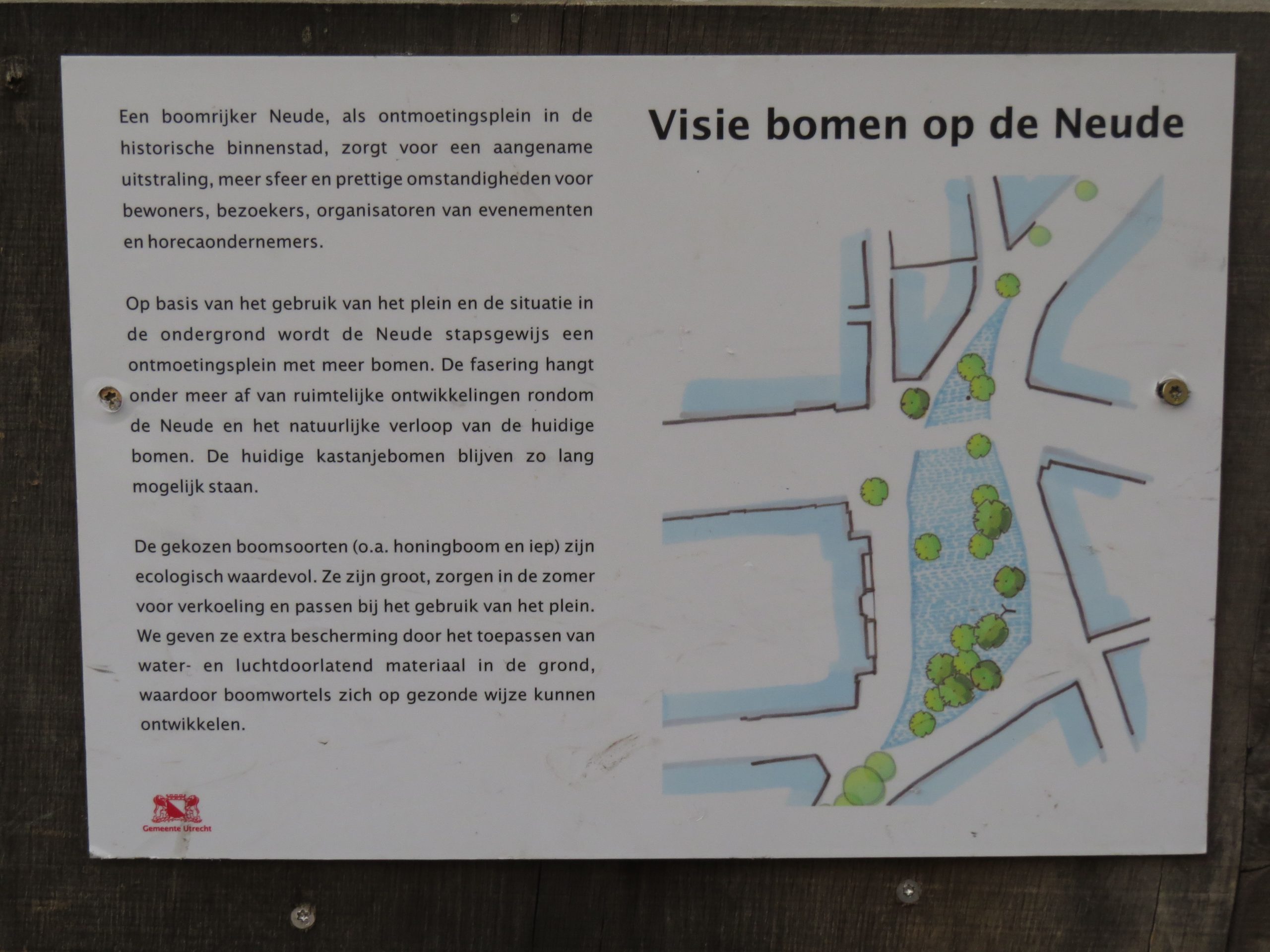Ecumenical Road Church Blauwkapel
This monumental church was built around 1550. It is the smallest Gothic cruciform church in the Netherlands, 22 m long and 5.5 / 11.5 m wide. The tower is 17m high. During the Reformation in 1579, the Roman Catholic family chapel was assigned to the Protestants. The story goes that in 1588 the Roman Catholic […]

